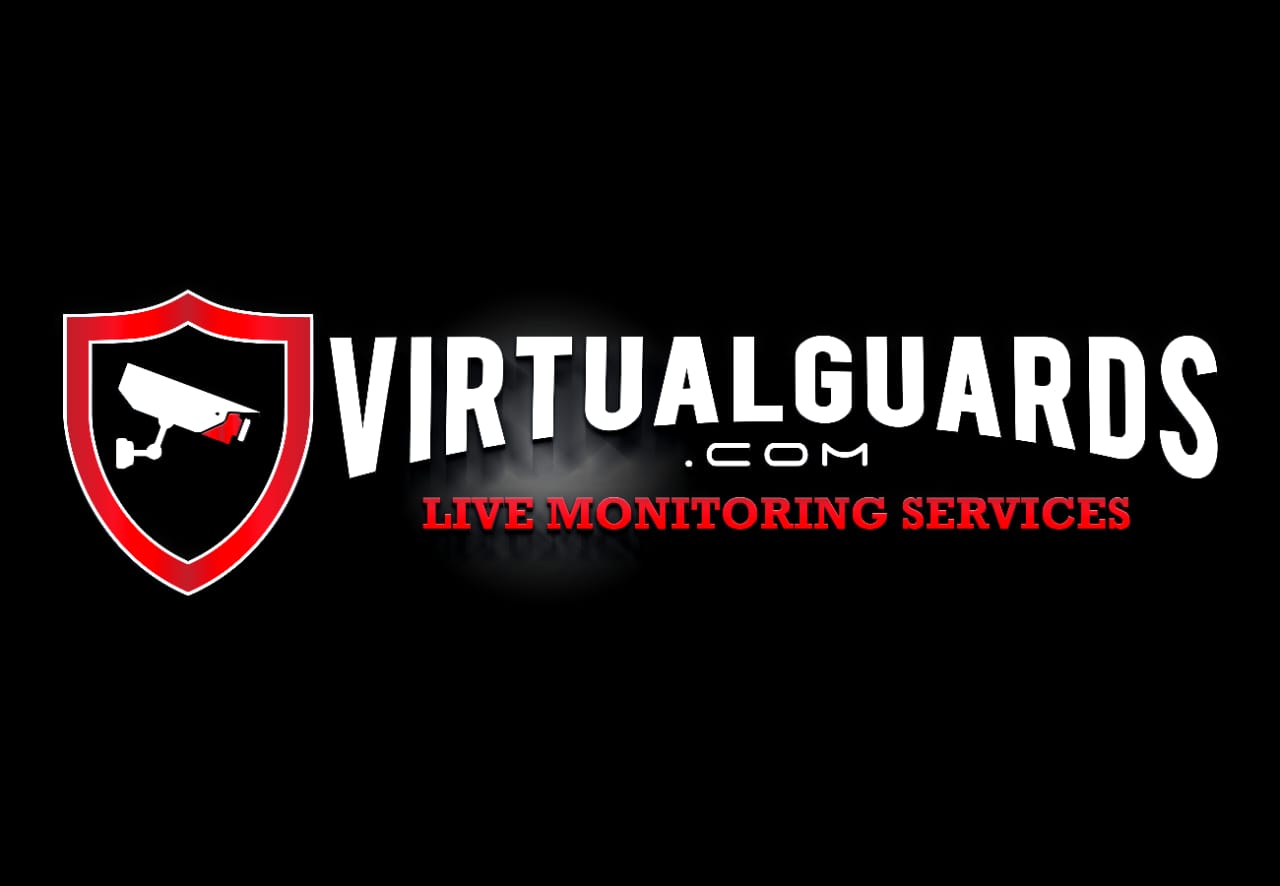Retail Business Live Monitoring

Retail Business Live Monitoring
Retail Business live monitoring involves the use of technology to remotely monitor and secure properties or areas. Instead of employing physical security guards on-site, virtual security guard services rely on cameras, sensors, and surveillance equipment to detect and prevent security breaches.
Retail businesses
Unfortunately, crime in retail businesses, such as stores, is a common concern. It can include various criminal activities, including shoplifting, employee theft, vandalism, robbery, and fraud. Here are some key points to consider when addressing crime prevention in retail stores:
Physical Security Measures:
Implement physical security measures to deter and prevent crime. This may include installing surveillance cameras, alarm systems, access control systems, and locks on doors and windows. Adequate lighting inside and outside the store can also help deter criminal activities.
Staff Training:
Provide comprehensive training to store employees on crime prevention and detection. This includes recognizing suspicious behavior, following proper cash handling procedures, and knowing how to respond to theft or robbery. Please encourage employees to report any concerns or incidents as soon as possible.
Customer Service and Store Layout:
Maintain a welcoming and customer-focused environment. Well-trained and attentive staff can help deter potential criminals by providing excellent customer service and actively engaging with shoppers. An open store layout with good visibility can make it easier for employees to monitor activities and detect suspicious behavior.
Loss Prevention Strategies:
Implement loss prevention strategies to minimize theft and employee fraud. This can involve utilizing electronic article surveillance (EAS) systems, installing mirrors or cameras to eliminate blind spots, and implementing inventory control measures such as regular stock audits and product tagging.
Security Personnel:
Consider the presence of security personnel, either in-house or outsourced, to provide a visible deterrent and respond to security incidents. Security personnel can also help monitor surveillance systems and conduct regular patrols within the store.
Cash Management Procedures:
Establish strict cash management procedures to minimize the risk of theft and fraud. This can include limiting cash in registers, regularly depositing excess money in a secure location, and implementing secure cash handling protocols for employees.
Collaboration with Law Enforcement:
Foster a good relationship with local law enforcement agencies. Please provide them with any necessary information or evidence to investigate crimes. Collaborate with them on crime prevention initiatives and consider participating in community watch programs.
Data Security:
Protect sensitive customer information by implementing secure payment processing systems and complying with data security standards such as the Payment Card Industry Data Security Standard (PCI DSS). Regularly update software and procedures to mitigate the risk of data breaches.
Incident Documentation and Reporting:
Maintain a system for documenting and reporting security incidents. This includes recording details of thefts, robberies, vandalism, or other criminal activities. Could you report incidents to the appropriate authorities and share information with other retail businesses or industry associations to identify patterns and trends?
Continuous Evaluation and Improvement:
Regularly assess your security measures and make necessary adjustments based on changing risks and new technologies. Stay informed about emerging crime trends and collaborate with industry organizations or security professionals to stay updated on best practices.
Remember that addressing retail business crime requires a comprehensive and multi-faceted approach. By implementing preventive measures, training employees, and maintaining adequate security protocols, retail businesses can reduce the risk of criminal activities and create a safer environment for customers and employees.
Shoplifting:
Shoplifting involves the theft of merchandise from a retail store without paying for it. This can range from minor thefts of small items to organized retail crime involving multiple individuals and high-value goods.
Employee theft occurs when an employee steals merchandise, cash, or other assets from the retail business. Moreover This can include unauthorized discounts, falsifying refunds, or diverting goods for personal gain.
Robbery:
Robbery is the forcefully taking or attempting to take property from a retail store using threats, force, or intimidation. Furthermore It often involves confrontations with store employees or customers.
Fraud:
Retail fraud encompasses various fraudulent activities aimed at deceiving or manipulating the retail business for personal gain. Examples include return fraud, credit card fraud, counterfeit currency, or fraudulent schemes targeting sales transactions.
Vandalism:
Vandalism involves intentionally damaging or destroying property within a retail store. This can include graffiti, breaking windows, damaging fixtures or equipment, or defacing merchandise.
Burglary:
Burglary refers to unlawful entry into a retail store intending to commit theft or another crime. It often occurs during non-business hours when the store is closed and can involve breaking into the premises or accessing it illegally.
Cybercrime:
Retail businesses are also susceptible to cybercrime, including data breaches, credit card fraud, or hacking of customer information. This can result in financial losses, compromised customer data, and reputational damage.
Organized Retail Crime (ORC):
Organized retail crime involves groups or networks engaging in pre-planned thefts or fraud schemes targeting retail businesses. These groups often operate across multiple locations, target high-value merchandise, and may use various tactics to evade detection.
Cash Handling Theft:
Crimes related to cash handling include theft of cash from registers, safes, or during cash transfers within the store. This can involve both external criminals and dishonest employees.
Return Fraud:
Return fraud occurs when individuals fraudulently return stolen or non-purchased merchandise to a retail store in exchange for money, store credit, or legitimate products.
These are just some examples of crimes that can occur in retail settings. Retail businesses implement various security measures, training programs, and loss prevention strategies to mitigate these risks and protect their assets. Collaboration with law enforcement and implementing effective security protocols can help deter and address retail crime.

